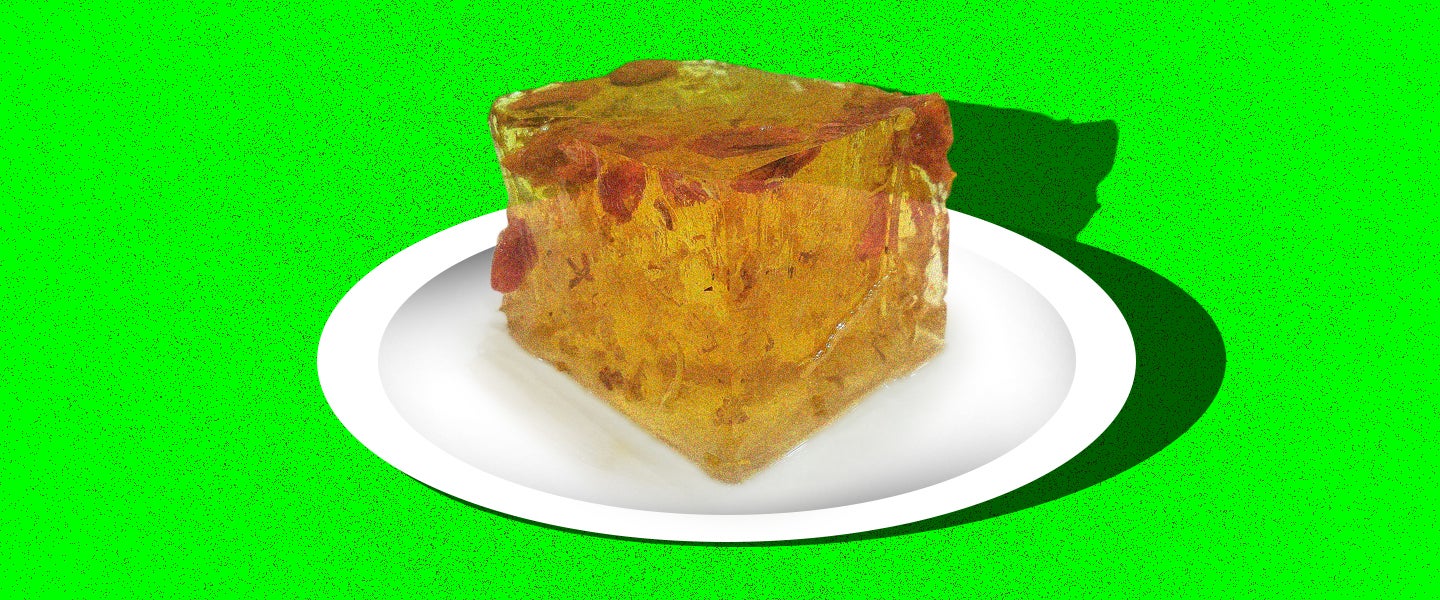It’s been reassuring to know that even despite the weird shortages we’re seeing in a lot of supermarkets, there’s plenty of food to spare — just not exactly what we want, when we want it.
I’m lucky to report that for me, quarantine has been a fairly peaceful time to experiment in the kitchen, whether it’s making some simple noodles or getting hammered and cooking three meals in a row. But in weeks of searching, I’ve yet to come across the bone-in whole chicken and beef joints that I use to make all kinds of stocks and soups.
A clear broth extracted from bones is the foundation of so many things I love, whether it’s Julia Child’s boeuf bourguignon, Vietnamese pho or the Texas chili I know from my youth. And beyond the flavor, the essence lies in the viscosity of the elixir itself; great stocks made from scratch are packed with collagen, which lends any soup or sauce a naturally rich, round feel on the taste buds.
Surely, there are much bigger problems in the world than whether my sauce has enough body. But staying sane in quarantine is all about the little projects, and I wondered: Is there a real workaround here?
The obvious step is to bolster store-bought beef and chicken stocks with whatever fresh meat you can find (simmering the packaged stuff with a few browned chicken wings or short ribs, for starters can do wonders on the flavor front). But the real substitute star is an ingredient that you probably have lurking in a dark corner of your pantry, if you have it at all: Gelatin.
It comes in either powdered or sheet form, but in either case, it’s a magical little ingredient that gives pan sauces, soups, stews and braises a lip-smacking finish. That glossy accent is a small but important difference, akin to realizing that most restaurant food tastes better because it’s finished with a touch of butter and way more salt than you think is right. Do recall that gelatin isn’t vegetarian — but conveniently, animal collagen is exactly what your meaty home dishes are missing.
And unlike with eggs, flour or yeast, the grocery stores don’t seem to be suffering a gelatin crisis. I don’t expect anyone to rush out and stockpile gelatin, but if you did, well, at least it lasts forever. Best of all for the proud gelatin owner is the sheer versatility at hand. Making meatballs, meatloaf or any other kind of forcemeat? A sprinkle of gelatin can help retain moisture and make the result juicier; a soup dumpling, formed with wobbly gelled broth, is the logical conclusion to this ideology.
Cooking up some pan-roasted steaks?
After the meat is done, carefully deglaze the hot pan with a glug of brandy and scrape up all the browned bits, letting the liquid thicken. Mix one teaspoon of powdered gelatin with about half a cup of warm store-bought stock, then add it to the pan. Simmer for a few minutes, add a big dose of cracked peppercorns, swirl in some cold cream, and season with salt — and you’ve got a bistro-style pepper sauce in five minutes. Hell, sprinkle it on your Hamburger Helper, if you’d like. It’s not gonna hurt unless you tip the whole packet in.
The benefits remain for vegetarian dishes, whether it’s a curry, a soup or even a salad (my favorite is whipping up tangy ponzu jelly to serve with tofu and crudité). There’s a whole world of desserts, too, that relies on gelatin: Jell-O’s erudite Italian cousin panna cotta comes to mind, as does Brazilian no-bake flan and gem-like fruit jellies from the U.K. It also works hard in less obvious sweet uses, including in a too-easy strawberry pie or as an additional stabilizer for homemade soft serve.
So yes, gelatin is the scrappy sidekick for any meat dish, but also an endlessly flexible ingredient that novice cooks can flex as a trade secret and experienced ones can treat as a creative tool. Yesterday, I was the latter — for all my big talk about gelatin’s varied uses, I didn’t have heavy cream, fruit, steaks or even ground beef. But I figured I could play around with some eggs, a can of chickpeas and a bastardized Sauce Robert, an old French classic that relies on syrupy beef stock and mustard as its core flavors.
I fried the drained chickpeas in a scorching-hot pan with olive oil, adding a pinch of sliced garlic at the end, then set it aside while I fried two eggs. In another pan, I sweated some finely minced onion before pouring in a sizzling dose of white wine. Once that reduced into a syrup, I added half a cup of broth made with (sigh) Better Than Bouillon paste, boosted with a scant teaspoon of gelatin. Within a minute or two, it was reduced by half in volume; that was the cue to add a spoonful of Dijon mustard and pats of cold butter, to emulsify into a thick sauce.

Even by my standards, this is a pretty weird meal to scrounge up from the pantry, but I just pretended I was some hotshot head of a “New American” restaurant in Venice Beach. But it’s a testament to the wonders of collagen that I was kind of proud of the sauce I produced, even while hating the fact that I can’t do it all from scratch. Eventually, I’ll haul my ass to the grocery store so I can stand around with a mask on while contemplating the mystery why there’s only chicken sausage left in the cured meat section, again.
But at least I’ll know that good ol’ humble gelatin is waiting for me back home, ready and willing to finesse whatever saucy dish I look toward next.

